Engineering Education Through a New Window
This post was written by Beth McGinnis-Cavanaugh, Springfield Technical Community College, Professor and Principal Investigator, and by Isabel Huff, Springfield Technical Community College, Project Outreach Coordinator.
Eight years ago, Smith College engineering professor Glenn Ellis and Springfield Technical Community College physics/engineering professor Beth McGinnis-Cavanaugh led content workshops for middle-school engineering/technology educators in Springfield, Massachusetts. In these workshops, educators were vocal about the lack of quality engineering education resources despite requirements under state curriculum frameworks. They indicated that what was available was often inaccessible--requiring an understanding of engineering beyond their training--or shallow, promoting activities that, without proper context, reduced lessons to craft projects.
At this time, Ellis and Smith education professor Al Rudnitsky were researching Imaginative Education (IE), a learning approach in which story is used to engage learners’ imaginations and provide motivation for deep learning. Rudnitsky was also researching Knowledge Building (KB), an approach that focuses on continual idea improvement through student discourse around open-ended questions. Ellis, McGinnis-Cavanaugh, and Rudnitsky decided to apply IE and KB in the creation of an engineering curriculum that would frame engineering concepts in well-written story; provide an imaginative environment in which children and young teens could deeply explore big ideas about engineering; integrate STEM and literacy; foster STEM identity; be approachable and accessible for educators; and not rely exclusively on technology.
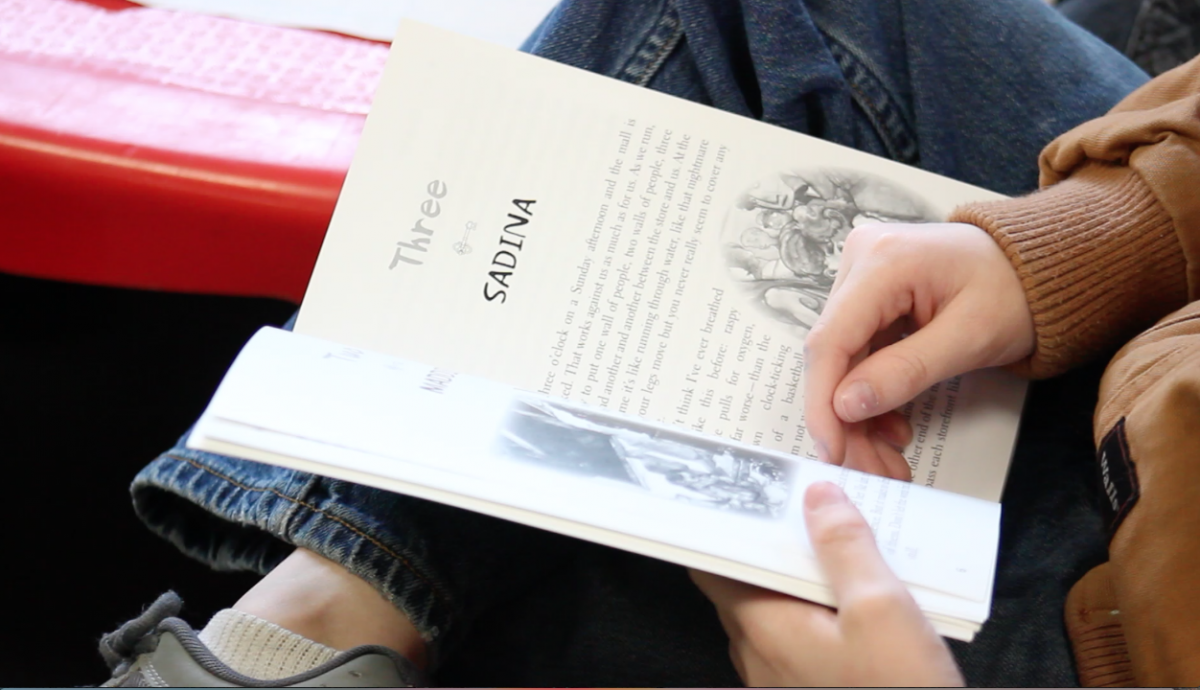
Targeting more flexible informal educational settings, Ellis, McGinnis-Cavanaugh and Rudnitsky, with writer Sonia Ellis, created a multimedia engineering curriculum called Through My Window with funding from a 5-year NSF Advancing Informal STEM Learning (AISL) grant (NSF award numbers 1223460 and 1223868). Through My Window is designed for children in grades 4-8 and consists of three components:
- A mystery book, Talk to Me, about a strong, thoughtful 14-year-old girl who teams up with friends to reengineer little sister Maddie’s robotic cat to communicate with her after she witnesses a crime. The book introduces engineering concepts like artificial intelligence, engineering design, and engineering ethics.
- Online learning adventures that are interactive, story-based modules. The learning adventures feature Talk to Me characters and allow learners to more deeply investigate engineering topics from the book.
- Offline enrichment activities that provide idea-centered opportunities to delve into subtopics like facial recognition, coding, the possibility of machine consciousness, and time travel.
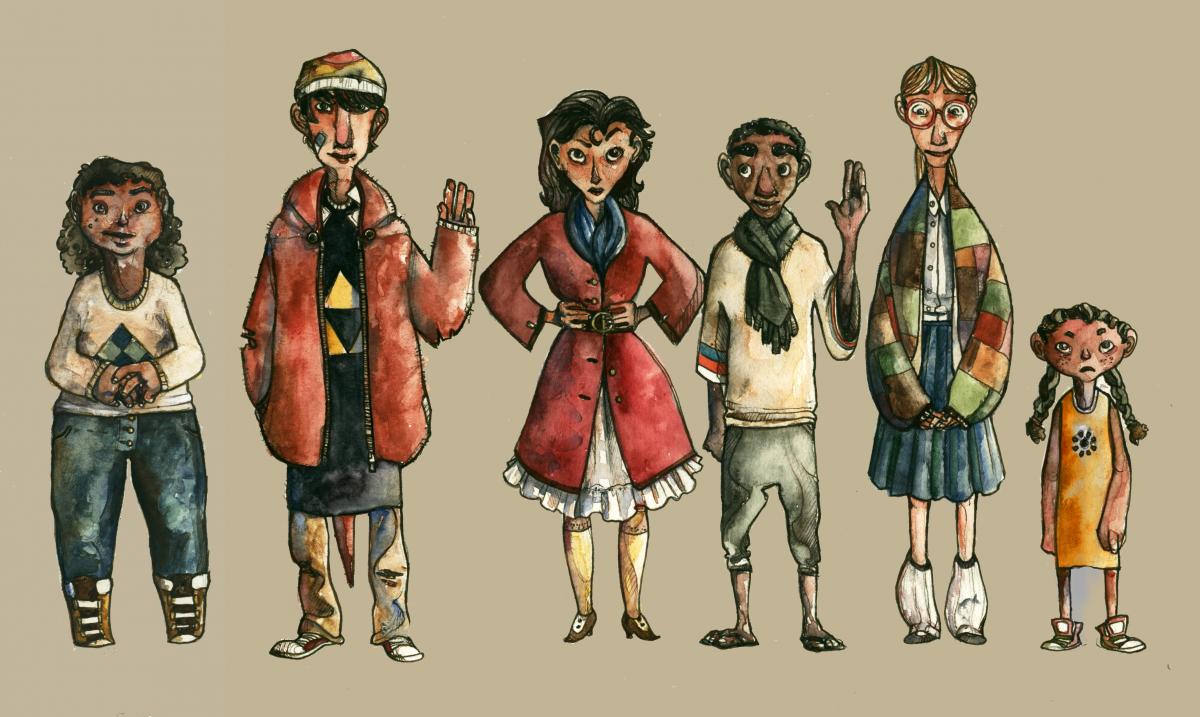
The project team partnered with the Connecticut After School Network (CTASN) and Massachusetts Afterschool Partnership (MAP) to train afterschool educators to implement Through My Window in informal settings. The complexity of the afterschool landscape posed unforeseen challenges--unreliable computer access and underprepared staff, for example--and changed the trajectory of the project design. Further, formal educators--quick to recognize innovation and quality--asked that project resources be adapted to fit their classrooms, too.
To address these challenges, the Through My Window team created more robust offline enrichment activities so that informal sites without technology access had meaningful ways to expand learning beyond the Talk to Me book. These idea-centered activities dive into KB questions like “Can and should robots care for the elderly?” and “What are the limits of artificial intelligence?” Similarly, while Talk to Me was slated to exist exclusively online, the book was published in paperback. Paperbacks and offline activities made Through My Window approachable for educators unable to facilitate online learning.
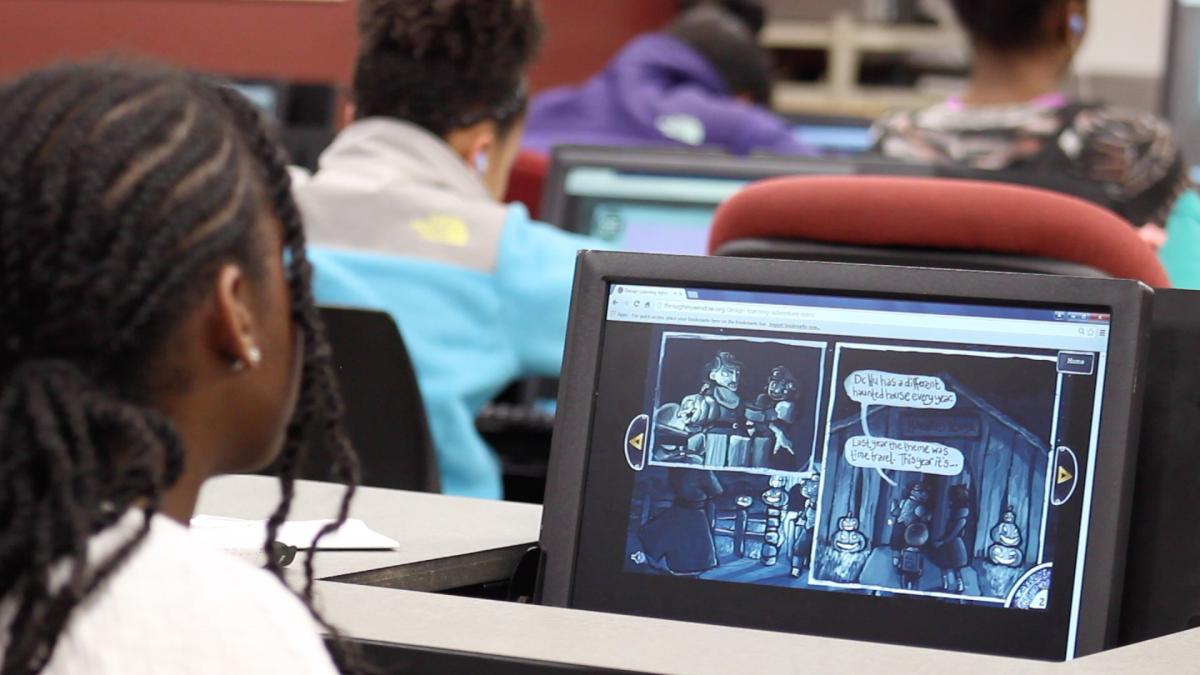
The project team also created resources with deeper connections between STEM, literacy, and other disciplines. For example, an audiobook version of Talk to Me supports developing readers and makes the book an easy “read-aloud” for a wider audience. Social studies topics and writing prompts appropriate for language arts were integrated into offline activities promoting an interdisciplinary approach to engineering. Overall, the curriculum became more approachable for educators without engineering background and allowed children to see as engineering--typically portrayed as isolated--as drawing on other disciplines and contributing to society.
The project’s evaluation was conducted by the Collaborative for Educational Services (CES). Positive results have emerged from implementation in both informal and formal settings. In 2016, 18 summer programs in Bridgeport, CT implemented the book, Rio’s Brain learning adventure, and offline enrichment activities over a 4-week period using customized lesson plans designed by the project team.
Results indicated that:
- 90% of students reported enjoying the book and learning adventures;
- 75% said the book increased their interest in engineering;
- 82% percent said Rio’s Brain increased their interest in engineering.
Students in formal 5th grade classes in Deerfield, MA also used all three components. Afterward:
- 81% said learning about engineering can be interesting;
- 69% said they would recommend the website to a friend;
- 100% said engineers do many different kinds of things.
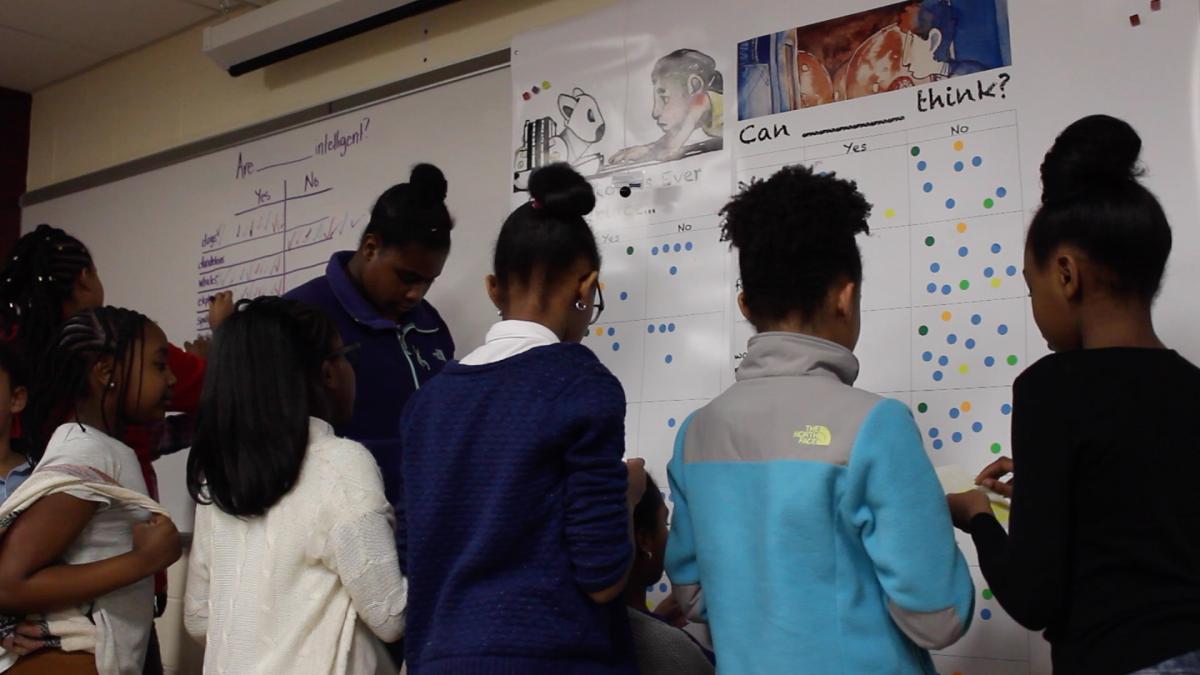
In classrooms where only one project component was used, results were also positive. At a Westfield, MA school, students read Talk to Me without using the learning adventures or offline activities. 87% said it increased their engineering interest. Students in Texas used the Rio’s Brain learning adventure and three of the enrichment activities without reading the book. Likewise, 89% said the learning adventure increased their engineering interest.
For Bridgeport and Texas students who initially strongly disagreed or disagreed with the statement “If I wanted to, I could be an engineer,” almost half responded with stronger levels of agreement on a post-survey. Over half of students who initially disagreed or strongly disagreed with “I enjoy learning about engineering” answered with stronger levels of agreement on a post-survey.
“It engaged my third, fourth, fifth, sixth graders in ways that I had never imagined were possible...For an educator; that’s the most amazing thing; to see children learning and having fun while they do it.” said one afterschool educator. (See the full video testimonial.) Other educators described how Through My Window changed their own outlook on engineering: “I was part of the group of people that thought that engineering was about math and science, about building bridges, and I learned that it’s more than that. You just need to be curious and have some problem-solving skill to be a good engineer.”
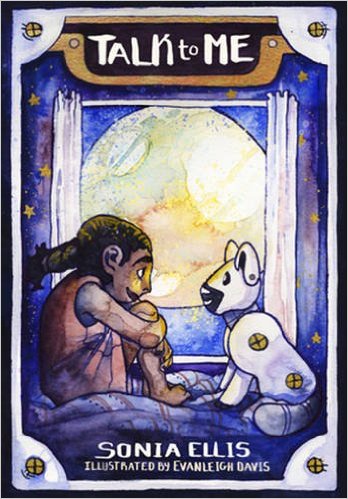
Story is a powerful tool in which to frame engineering concepts and broaden perceptions of engineers as collaborative problem-solvers who address challenges creatively and help people. Unlike many traditional resources, Through My Window fosters meaningful learning experiences--especially for children traditionally underrepresented and underserved--and intentionally avoids prevalent stereotypes in engineering education. It does not reinforce the narrow “men in hard hats” image of engineers and does not try to engage girls by promoting condescending “pink and princess” roles. Instead, Through My Window attempts to appeal to all children--especially girls--by respecting their intelligence and authentic interests. The project features intelligent, strong, diverse characters with realistic body types and dimensional personalities. And, engineering is portrayed as modern and relevant with strong connections to the arts and humanities.
A second phase of the project that includes a new novel called “Time Tilter” and companion website that employ transmedia storytelling is due for release next year.